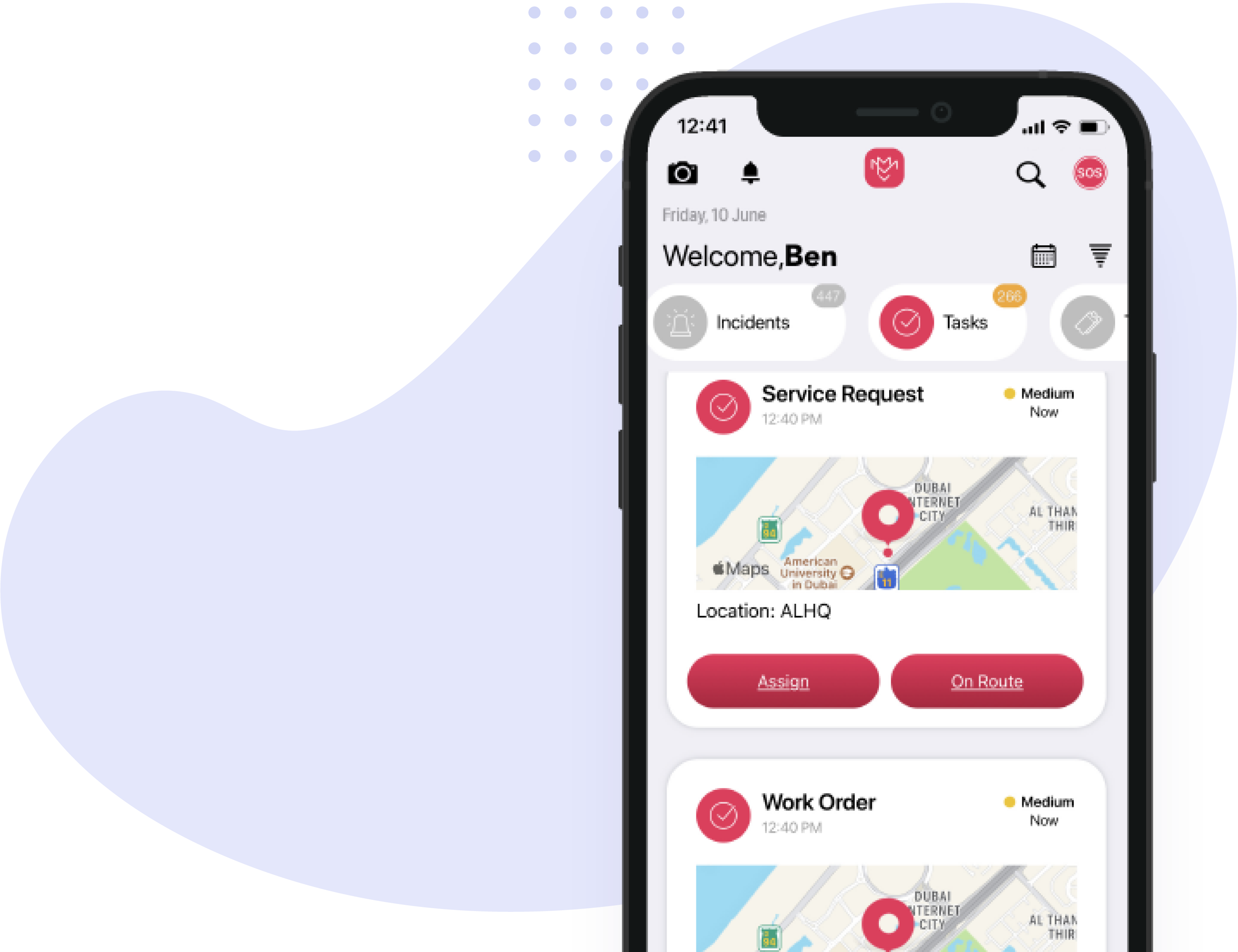The wearables technology market has long been booming with exciting product drops year on year, from technology companies who have and continue to change the game. With demand consistently exceeding supply, the value proposition of the most popular wearable to date – the smartwatch – is simple yet irresistible: hands-off connectivity, better health, and more freedom.
Though, perhaps less talked about, is the promise that this type of technology holds and delivers for businesses, across industries around the world. Digging deeper unveils mounting evidence on how wearable watches have and will continue to be the driving force of business success, with more recent studies indicating how a failure or even a lag in adoption, can impact the business, if not be drowned out by competition.
Particularly for businesses with substantial field workforce, the following value additions offered by employee wearables and smartwatches, are key for scalable, data-driven success.
Distraction-Free Field Team
Fieldwork in its essence can be demanding and time-sensitive, often with a lot of moving parts. Certain distractions like receiving calls to request progress updates are unavoidable, but what if there were a way to get those exact same updates, without impacting your team’s productivity?
Unlike a smartphone, smartwatches provide employees with full use of their hands, while allowing them to switch easily between performing the task and responding to important requests – like providing updates – when needed.
The newest smartwatches come with nearly the same, if not superior, capabilities as a smartphone, thus completely preventing non-work-related misuse and any subsequent time wastage.
Low Price Point, Minimal Investment
Lasting, high-quality smartphones that can withstand wear and tear can be cost-prohibitive, especially for businesses with a sizeable field workforce. This is not taking into account the reality that they may need to often be replaced due to being prone to water damage and breakage.
Smartwatches designed particularly for task and field workforce management tend to circumvent such issues due to being purpose-built and rugged without pointless frills, and as a result, economical both in the short and long run.
Easy Communication & Access To Features
As employee wearables and smartwatches are designed with field reporting challenges in mind, communicating with the team and management becomes far more effective due to easy accessibility to features. Rather than going through multiple steps to make a call or send a message, purpose-built smartwatches typically provide access to such functionalities in literally one single action, such as a swipe.
Real-Time Data From The Field
Capturing and utilizing data automatically, or with minimal effort, is crucial for improving business performance and staying competitive at all times.
Some of today’s cutting-edge employee wearables and smartwatches deliver insights straight from the field, with some advanced models making way for visually rich reporting, supported by photos and video. As a result, managers are able to analyze performance both on a team and individual level, thus rapidly identifying and correcting gaps as the day unfolds.
Lowered Time, Effort & Task Do-Overs
According to a study by Salesforce, smartwatches will continue to lead the pack when it comes to employee wearables.
Advanced smartwatches are able to receive tasks in real-time direct from supervisors or managers, supported by checklists, manuals, and guides. Powered by the smartwatch’s purpose-built software, businesses can not only cut the response and resolution time in half but also essentially eliminate the chance of inaccurate or insufficient task completion so no task needs a do-over – ever!




